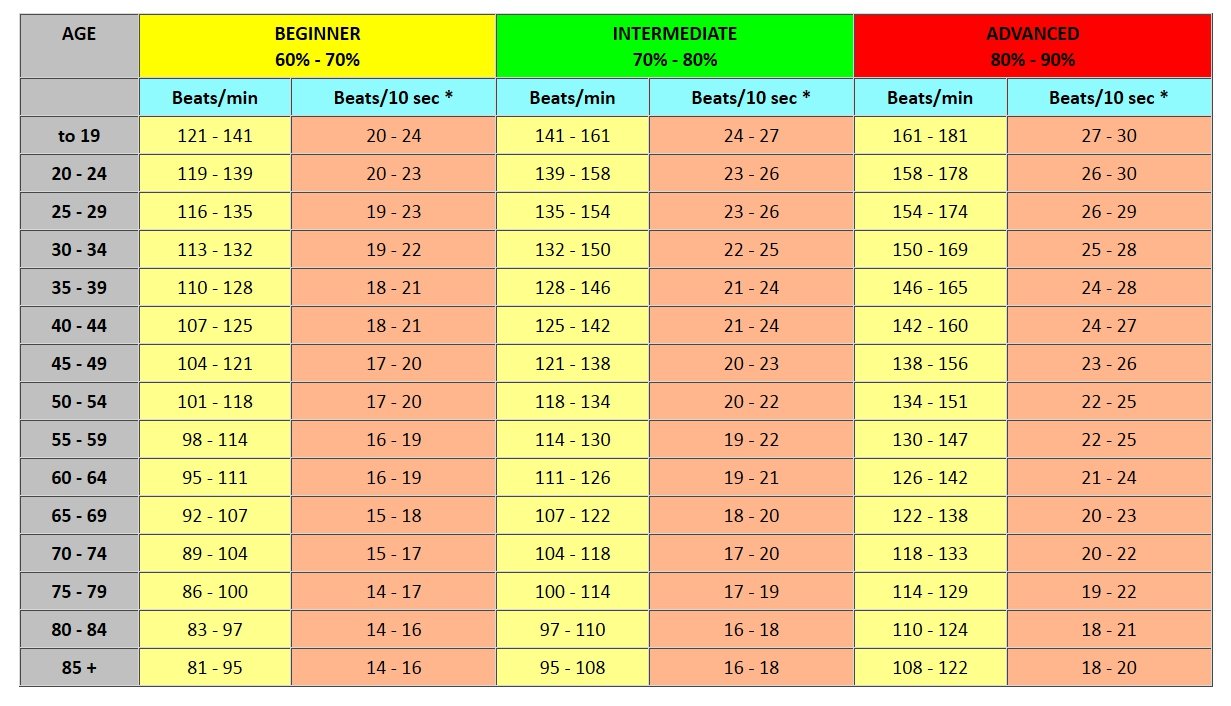
What are the different ways to feel your pulse? Measuring your heart rate requires feeling for your pulse, the pressure you feel every time your heart beats. A heart rate is how fast the heart beats. Is pulse the same as heart rate?Īlthough used often interchangeably with heart rate, a pulse is the pressure in the arteries that increases briefly as the heart pushes out more blood. Over time, it can give you insight into how healthy your heart is. It can be helpful to continuously measure your heart rate because it can show you trends, such as highs and lows while resting and exercising. Wrist heart rate monitors often come as watches with multiple purposes. There are many different types of heart rate monitors available, but the most common are worn on the wrist or as a chest strap. While you can always measure your heart rate on your own, it can be beneficial to measure it with a heart rate monitor. You should wait to take your resting heart rate for one to two hours after exercising and an hour after consuming caffeine, according to Harvard Health. If you take your pulse after any strenuous activity, you won’t get an accurate reading. It’s important to measure your heart rate when you’re in a relaxed state. To get the most accurate reading, measure your heart rate a few times and then calculate the average of the results by adding the numbers together and dividing them by the amount of measurements you took. If you want to avoid math, you can set a timer for 60 seconds and count how many beats you feel in that time to find your heart rate. For example, if your heart beats 18 times in 15 seconds, your heart rate is 72 bpm (18 bpm x 4). This gives you the total amount of times your heart beats in one minute.

Once you’ve counted how many pulses, you’ll multiply that number by four. Once you feel your pulse, count the number of beats you feel in 15 seconds. Place your index and middle fingers between the bone and tendon at the base of your thumb. The easiest place to measure your heart rate is on your wrist, just below the base of the thumb. Measuring your heart rate is easy to do if you follow some simple steps.
#Normal heartbeat rate how to
RELATED: Heart disease statistics How to measure heart rate Athletes are an exception to this because their high fitness levels naturally lower their resting heart rate. The same is true for a heart that’s beating consistently below 60 bpm. While it’s possible to push the heart rate to 130 bpm or even 200 bpm by exercising, a heart that’s beating this high on a regular basis requires medical attention. Although the resting heart rate between 60 and 100 bpm is considered to be normal in clinical practice, those with a resting heart rate higher than 80 bpm could have an increased risk of developing cardiovascular disease. The average healthy adult will have a resting heart rate of 60 bpm or higher. Normal heart rate by ageĪs we get older, the range of what’s considered to be a healthy normal resting heart rate will change. Knowing what your target heart rate should be for your age can help you recognize if and when your heart rate is abnormal, which may be an indication that it’s time to go to the doctor. If your resting heart rate is too high, this might mean you have lower physical fitness, or that you’re at risk of developing a heart condition. Your resting heart rate tells you how fast your heart is beating when you’re in a relaxed state, like sitting or laying down. In general, a lower resting heart rate means the heart is beating less per minute, which likely means that it’s more efficient. Your resting heart rate will also allow you to gauge your current heart health. If the heart is beating too fast or too slow, this could mean you have an underlying health problem. Healthy kids and adults will have hearts that beat at different speeds because of their age and body size. What’s a normal heart rate?Ī heart rate is a measurement of the number of times the heart muscle beats per minute. Let’s take a look at what these numbers mean, how to measure your heart rate, and what factors might cause your heart rate to go up or down. Children ages 6 through 15 years should have a heart rate between 70 and 100 bpm. For adults older than 18 years of age, a normal resting heart rate should be between 60 and 100 beats per minute (bpm). However, it’s important to know what a normal heart rate should be, even if you don’t have heart problems.


Most people don’t think twice about what their heart rate is unless they’re experiencing distress or symptoms of a heart problem. Normal heart rate | Measuring heart rate | Heart rate factors | Max heart rate | Lowering heart rate | When to see a doctor Share on Facebook Facebook Logo Share on Twitter Twitter Logo Share on LinkedIn LinkedIn Logo Copy URL to clipboard Share Icon URL copied to clipboard


 0 kommentar(er)
0 kommentar(er)
